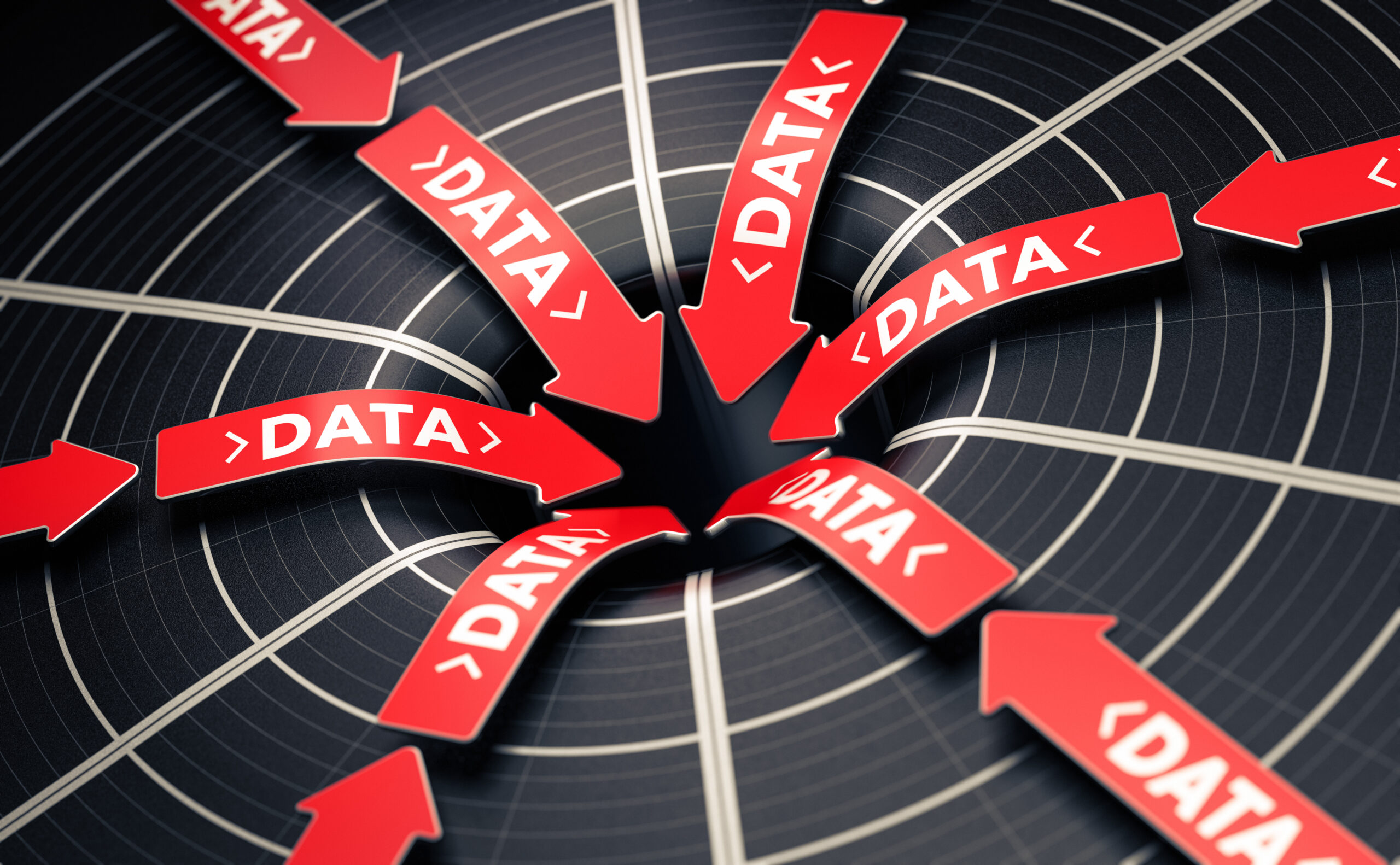In today’s digital age, data is the lifeblood of successful marketing campaigns. Every click, interaction, and engagement leaves behind valuable traces of customer behavior. To harness this potential, businesses employ data collection and tracking techniques as integral parts of their marketing analytics strategy.
Understanding Data Collection
Data collection refers to the process of gathering information from various sources, both online and offline, about how customers interact with your brand. This multifaceted approach allows you to build a comprehensive view of your audience. Here’s a breakdown of data collection methods:
- Website Analytics: Tools like Google Analytics track user behavior on your website. They reveal insights such as page views, bounce rates, and conversion rates.
- Social Media Monitoring: Monitoring social media channels provides real-time feedback on your brand’s online presence. It tracks engagement metrics like likes, shares, and comments.

- Customer Surveys: Surveys and feedback forms help gather customer opinions and preferences. They offer direct insights into customer satisfaction and areas for improvement.
- Email Marketing Data: Email marketing platforms track open rates, click-through rates, and conversion rates, helping you refine your email campaigns.
- E-commerce Data: For online retailers, e-commerce platforms record purchase history, cart abandonment rates, and product preferences.
The Role of Tracking
Data collection is only the first step. The real magic happens when you implement effective tracking mechanisms. Tracking involves setting up systems to follow the customer journey and monitor their interactions. Here’s why it’s crucial:
- Behavioral Insights: Tracking allows you to follow customers from their initial touchpoints to conversions. You can identify the specific paths customers take and where they drop off, enabling you to optimize your sales funnel.
- Personalization: By understanding customer behavior, you can tailor your marketing efforts. Personalized content and recommendations improve engagement and conversion rates.
- Campaign Effectiveness: Tracking helps measure the success of your marketing campaigns. You can attribute conversions to specific ads or initiatives, refining your strategy over time.
- Real-Time Adjustments: With tracking, you can react quickly to changing trends or issues. If a campaign isn’t performing as expected, you can make adjustments in real-time.
Challenges and Considerations
While data collection and tracking offer immense benefits, there are some important considerations:
- Privacy and Compliance: Ensure that your data collection practices comply with relevant data protection regulations like GDPR or CCPA. Respect customer privacy and obtain necessary permissions.

- Data Quality: Accurate and clean data is essential. Implement measures to prevent data errors, duplication, and inconsistencies.
- Security: Protect the data you collect from security breaches. Use encryption and secure storage practices.
- Data Storage and Management: Establish robust data storage and management systems. Consider cloud-based solutions for scalability and accessibility.
In conclusion, data collection and tracking are the backbone of marketing analytics. They empower businesses to make data-driven decisions, enhance customer experiences, and achieve marketing objectives. As you embark on your marketing analytics journey, remember that the key lies not just in collecting data but in extracting actionable insights from it.
The next article in our series will delve into the art of Data Analysis in Marketing Analytics, so stay tuned for more insights!
